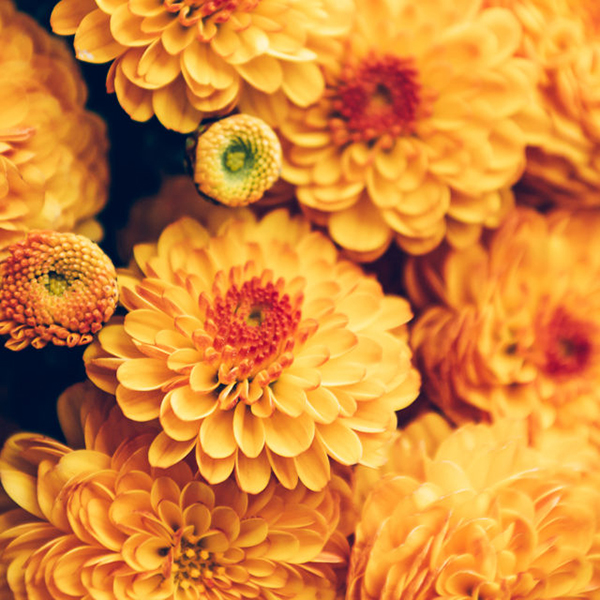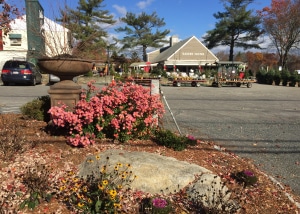
Since late August we’ve all been seeing those so-called “hardy” chrysanthemums offered everywhere for sale, a ubiquitous indication that autumn will soon be following. These mums come in a very wide range of color choices, flower forms and growth habits; typically sold as tight, gumball-like mounds of profuse bloom, they add much-appreciated decorative appeal to the seasonal garden and doorstep. But unfortunately their “hardy” moniker is inaccurate and misleading; they are bred to perform more like an annual plant and generally can’t survive our cold winters. They certainly are eye-catching while they bloom, but they’re best relegated to the compost bin once their blooms have faded.

In contrast, some garden centers offer winter-hardy chrysanthemums that truly thrive in this region’s landscapes year after year. Known as “Korean mums”, these grow more shrub-like as they increase in size during the summer and fall. Most open their flowers no earlier than September and they obligingly endure cold weather and frosts, with many cultivars holding their color well into November. They are easy to grow, thriving in sunny locations throughout New England, rewarding us with reliably-spectacular color each autumn, extending the season of bloom to nearly the brink of winter.
Most Korean mums display classic daisy-like single or semi-double flowers, rather than the fully-double, dahlia-like blooms so common on the earlier-types. Some cultivars available at garden centers include Sheffield (shell-pink), Venus (pale lavender), Red October (red with a yellow center) and Weston’s Tyler (nearly white). Two cultivars, Mei-kyo (rose-lavender) and Bronze Elegans (rusty-amber), grow naturally more compact and shorter than others. The Montauk daisy with its glossy, leathery foliage is the earliest of this group to bloom, displaying its single white flowers for more than a month starting in September. All these are also suitable for creating long-lasting indoor cut flower displays.
In early spring multiple stems with attractive aromatic foliage emerge from dense root clumps, increasing in size during spring and summer. In early July, shearing-back the plants to about 12” high encourages compact regrowth and helps reduce sprawling branches; flower-buds only start appearing in late summer and each stalk stretches rapidly upwards and outwards, adding as much as 3 feet by October; branches become heavy with the weight of proliferating bloom stalks.
So why are these winter-hardy Korean mums not more widely used in gardens? It’s likely because they tend to be so “invisible” to customers who shop garden centers during the seasons they are not in bloom. This is a familiar syndrome for other plants that bloom “off-season” like witch-hazel (Hamamelis), Adonis, snowdrops and spring woodland ephemerals: images and descriptive notes simply can’t adequately depict how these plants actually appear in “real life.” And perhaps today’s so-often-hyped-up marketing practices have inadvertently conditioned consumers to become skeptical, mistrustful of anything they can’t personally observe for themselves.
This is unfortunate because there’s really no equal for reliable color in late autumn gardens. Many sophisticated gardeners have become aware of the Korean mums and now feature them in their autumn gardens, as do Mass Hort’s The Gardens at Elm Bank in Wellesley and Tower Hill Botanic Gardens in Boylston.
Wayne Mezitt is a 3rd generation nurseryman, a Massachusetts Certified Horticulturist, now chairman of Weston Nurseries of Hopkinton, Chelmsford & Hingham MA, and owner of “Hort-Sense”, a horticultural advisory business. He currently serves in various capacities on several horticulturally-related organizations, including the Massachusetts Horticultural Society at The Gardens at Elm Bank in Wellesley MA, and chairman for the Massachusetts Invasive Plant Advisory Group (MIPAG).









